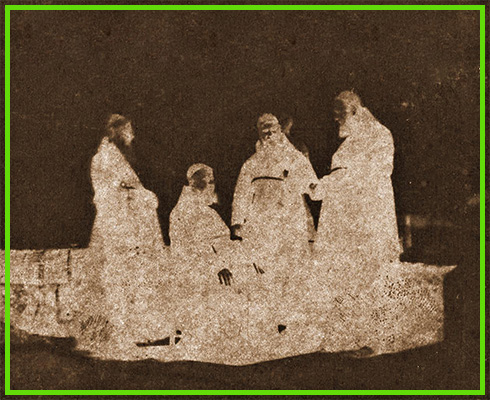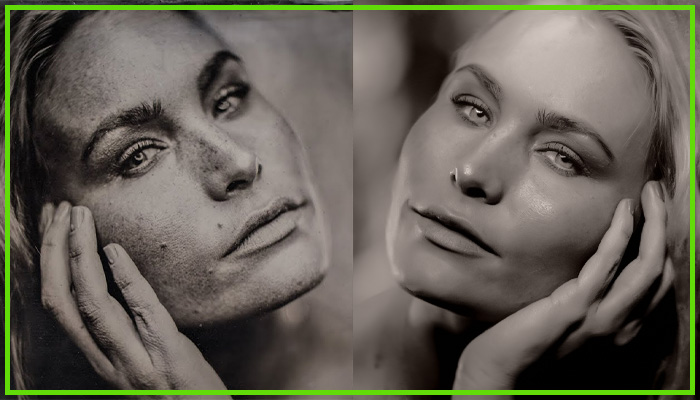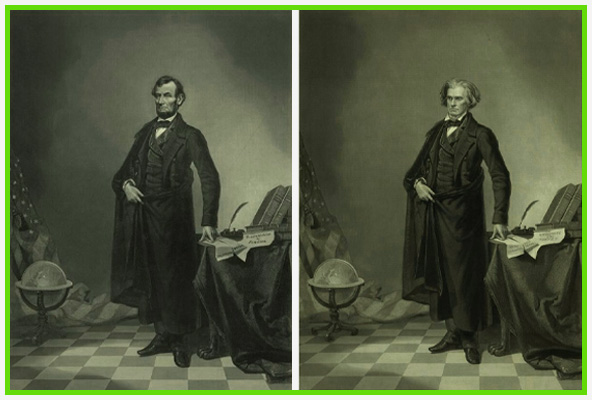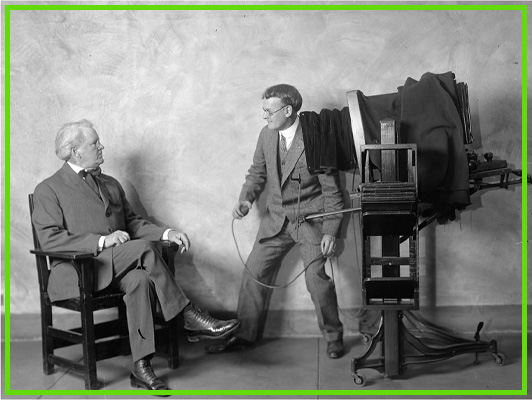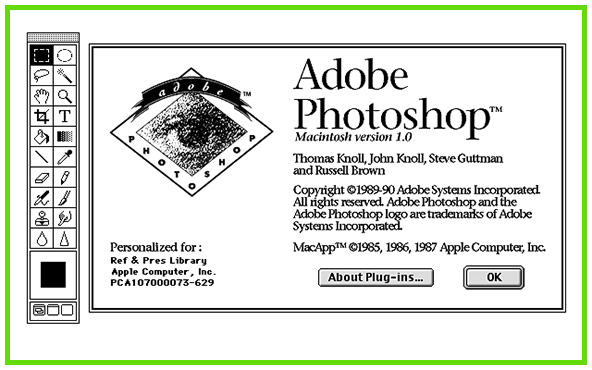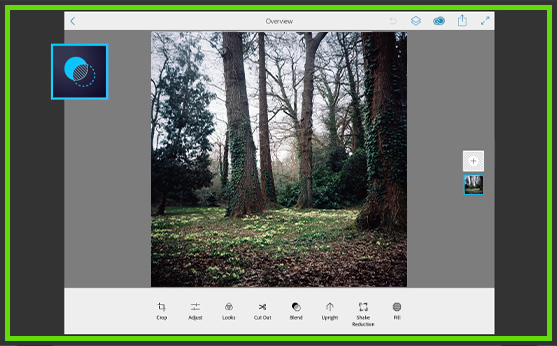Every picture you see today is a masterpiece of post processing techniques or simply a result of photo editing. No matter how beautifully or aesthetically a picture is captured, it only shows its full potential when it has been through the photo editing process, post the photoshoot.
However, the photoshoot is considered only the first phase of the whole process as till the image reaches the post processing process, it is regarded as a RAW image.
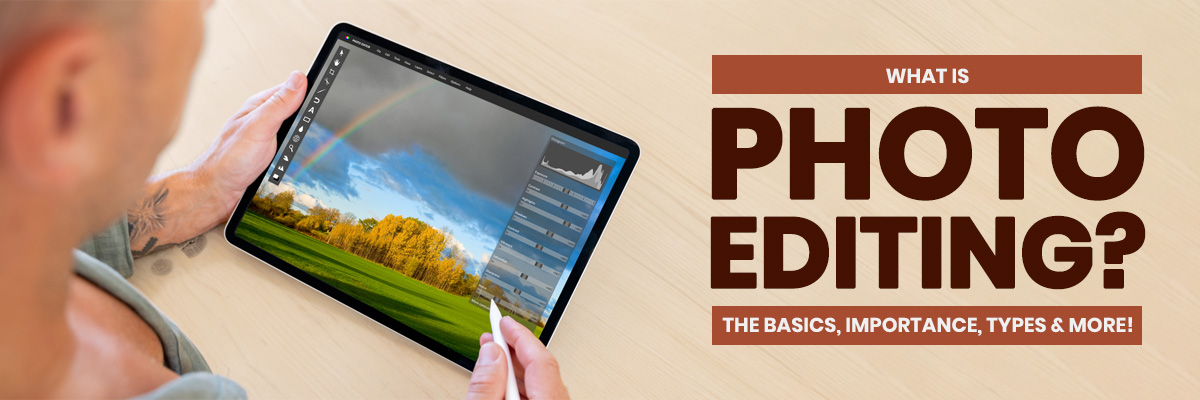
As the technology is upgrading, it is benefitting many fields including post processing, and today we have numerous photo editing techniques and countless photo editing software that are easing the work of photo editors by creating stunning photos that please the eyes of all!
No matter how advanced this technology is these days, it still has an interesting history, or we can say ‘a story of origin’
But before that, we need to understand what the photo editing process actually is.
Want to dive deep into the topic?
Let’s get started…
What Is Photo Editing? – A definition
Photo editing is the process of altering or making adjustments to the clicked photographs in a way to make them look professional and presentable by balancing each and every part of the scene visible within.
It is basically a branch of digital photography also called the digital version of the traditional darkroom which was used for photo manipulation back in the past.
Talking about the past, let’s take a dive into photo editing history!
Photo Editing- A Brief History!
-
The Photograph of Four Capuchin Monks in Malta
(The first-ever photographic process that created a negative which could generate multiple photos) -
Discovery of Wet Plate Collodion Process
(A process of combining multiple photos using negatives and chemicals to produce one) -
Photo Manipulation of US President Abraham Lincoln
(The first example of a photo alteration) -
The Creation of Photo Editing Programs for Computers
(Introduction of technology has opened a new door for photo editing) -
Adobe introduced the world’s first digital photo editing software on February 19, 1990.
(Created by two American brothers, Thomas and John Knoll1987, who later sold it to Adobe) -
The First-Ever Photo Editing Application was Launched by Adobe for Smartphones
Now that we have known the history of photo editing, it is now time to understand the various types of techniques and styles.
What are the types of photo editing techniques?
Photo editing styles are majorly divided into two types of sections:
The Basic Photo Editing Techniques
- Image Cropping & Trimming- In this process, the clicked or raw photograph is cropped or trimmed in a way to remove the unwanted backgrounds or objects that are hindering the subject.
- Straightening- One of the most important parts of photo editing is image straightening where the horizon of the image is adjusted to make it look appealing. This technique is widely used by professionals performing real estate photo editing.
- Aspect Ratio– The correction of height and width of an image to make it adjustable as per the final screen it is to be placed and shown.
- White Balance- Balancing of color levels to make the image look more natural and pleasing.
- Sharpness- To enhance the edges in an image to make it high definition.
- Noise Reduction- Bringing the smoothness to the image by reducing the pixels.
- Contrast & Exposure Adjustment- To make an image look bright or dark as per the requirement.
- Background Removal- This technique helps isolate the subject from the background that doesn’t fit perfectly.
The Advanced Photo Editing Techniques
These are the types that are used by professional photo editors who have the core knowledge of the subject and understand the process of the editing.
- Photo Clipping Path: Creating a vector image by clipping the subject from the background or other elements.
- Photo Retouching: Enhancing the look and feel of the image by retouching the parts that need rectification in terms of enhancement.
- Photo Stitching: To stitch multiple images together to make them look like one.
- Photo Restoration: A technique to bring old, tattered photos to edit them and make them look new.
- Animation & Special Effects: Adding the special effects or objects in the image to enhance the look, sometimes animating them too.
- Shadow & Reflection Adjustment: Correcting the shadow and reflection in the image so that the image doesn’t get impacted by them and keeping the image realistic at the same time.
- Layering & Masking: Combining various layers and masking the unwanted objects to bring out the most natural looking image.
Types of Photo Editing Styles
- Vintage Style Editing
- Matte Style Editing
- High Contrast Style Editing
- Black and White Style Editing
- Monochrome Style Editing
- HDR Style Editing
- Film grain Style Editing
- Retro Style Editing
- Natural Style Editing
- Collage Style Editing
Why is Photo Editing Important?
- It gives a ‘Second Chance’ to make the photo look presentable and on point.
- A way to showcase your style and branding.
- Another way to showcase your own story via your edited pictures.
- Enhances the game of marketing as a business.
- Helps in getting a prominent position in the industry (if you are a photographer or a brand)
- Beautifully edited photos have a high conversion rate.
- Levels up the game of social media and advertising
- Essential for product-based online (eCommerce) companies
- Helps in grabbing the attention of the prospects and leads them to conversion.
- Transforms an ordinary photo into a masterpiece.
- Transform low resolution images to high resolution images.
How to Improve Photo Editing Skills- The Basics
Here are some photo editing basics that will help you learn photo editing online just by reading this.
Here the topic of what is photo editing comes to an end and we hope write-up must have guided you to create a strong and appealing photo editing portfolio of your own.
Follow our photo editing resource section for more interesting articles on photo post-processing.

